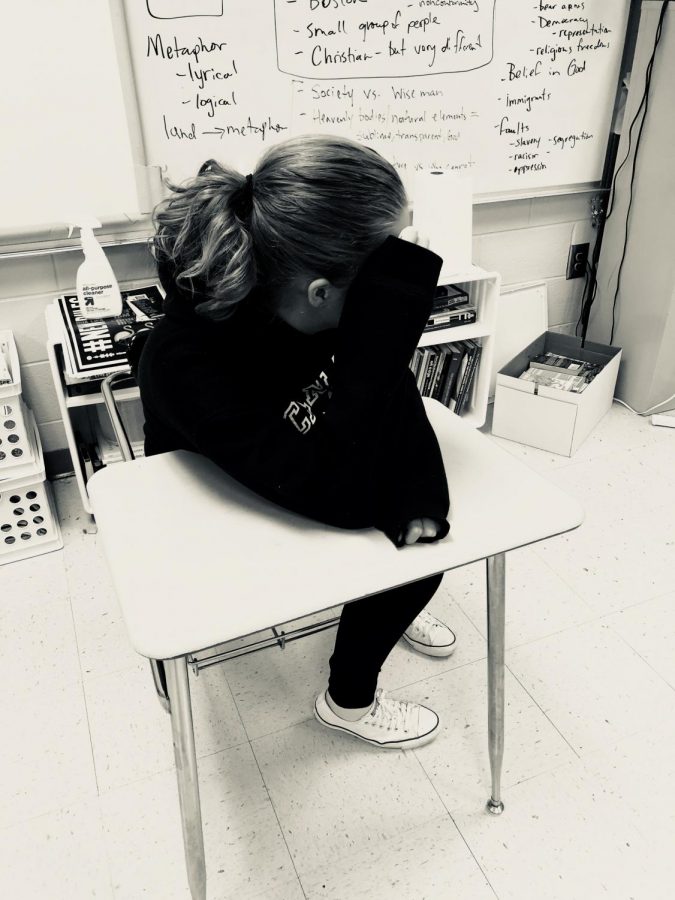Teachers ACTing on Depression
December 14, 2017
The Counseling Department informed the faculty and staff at South about common suicide warning signs and how to act accordingly. The informational meeting resourced a plan for an open dialogue between teachers and struggling students. This approach instructs teachers what to look for and how to find a solution to the complicated problem.
“Suicide is typically tied to a mental disorder which can be treated or cured if caught soon enough” said counselor Lindsay Burnell.
The staff are encouraged to follow a three-step plan known as ACT: acknowledge, care, and tell when they feel concerned about a student who has approached them for help. Step one is to acknowledge, whether that is asking the student directly, or demonstrating an awareness of their symptoms and warning signs. Teachers can make a determination as to whether the situation is serious. Next, staff should listen to what students have to say to illustrate that they care about him or her. Lastly, staff should alert counselors if they sense something is seriously wrong with a student.
An important aspect of the ACT plan is being aware of the signs of suicide or SOS. Warning signs are indicators that a person is in danger and may urgently need help. Some of the major signs include but are not limited to: reserved isolation, ignoring an activity or hobby once treasured, and consistent mood swings. When a person exhibits this behavior, it is important to follow through with the ACT process.
The plan isn’t limited to staff and faculty but can be utilized by students as well. While the training will not be extended to the whole campus, it’s important to take note of warning signs and how to act when approached by a friend or classmate. In fact, it is more common for students to communicate with each other before they say something to an adult.





